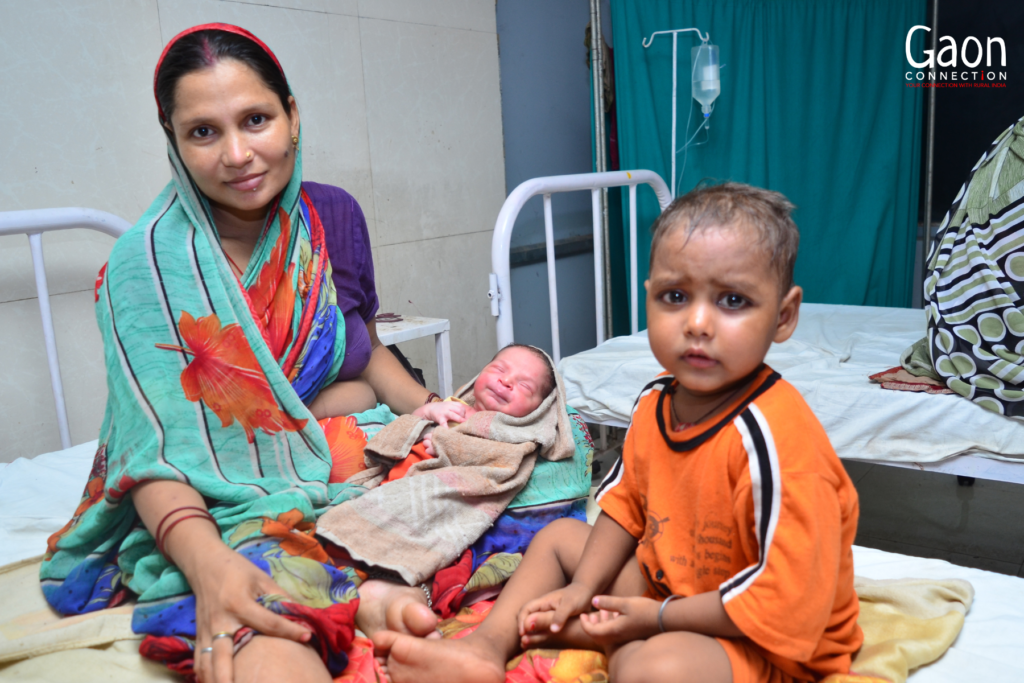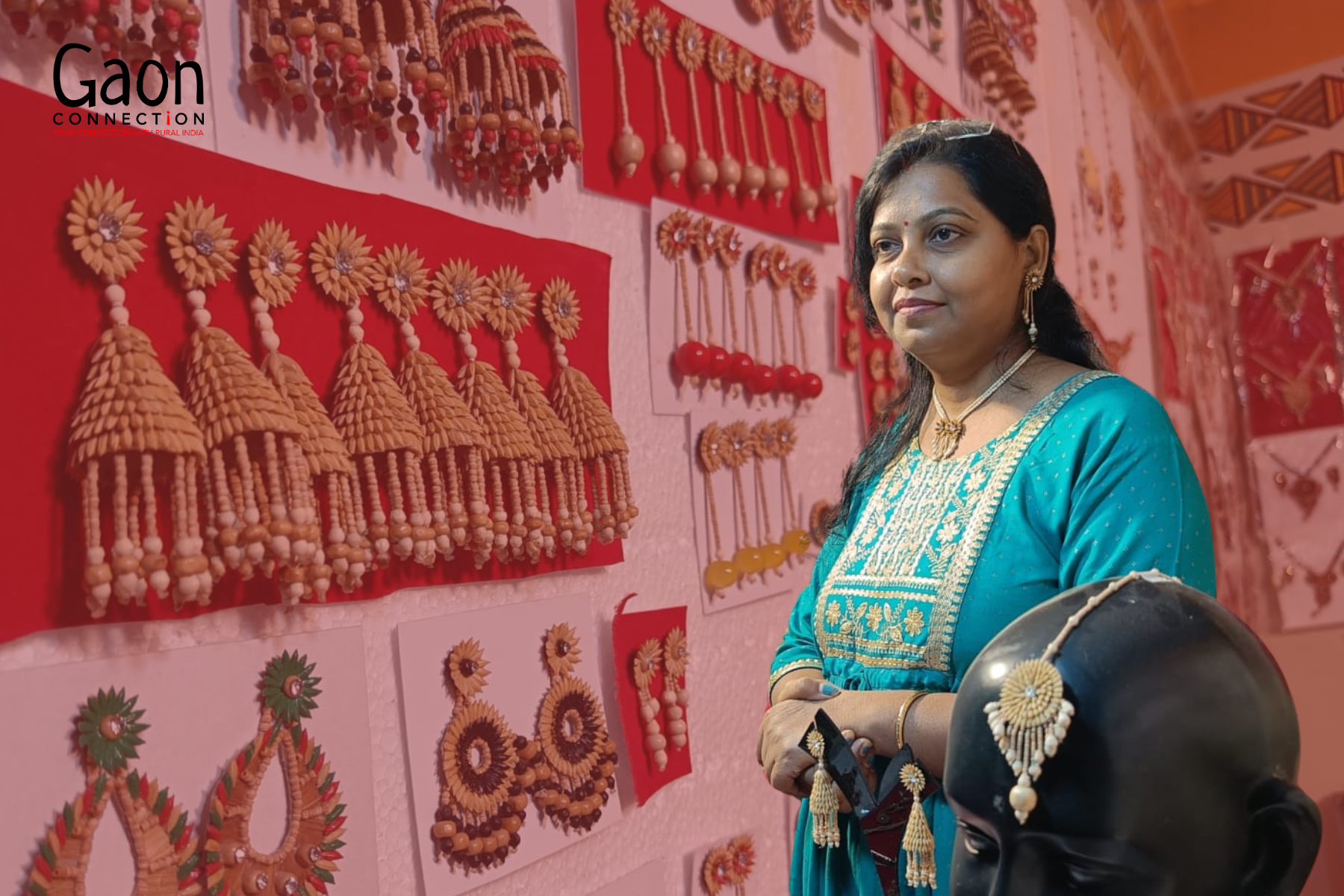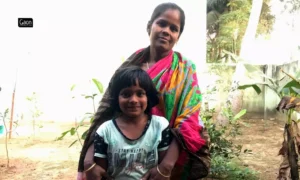Ananya Awasthi and Apoorva Kalra
More than 65% of India lives in the rural areas, which means more than half of our population is currently dependent on rural healthcare infrastructure, policies and programs for their health and wellbeing. As we dive into the rural health landscape, let us look at the data from the latest National Family Health Survey to understand the state of public health in rural India.
Great strides have been made in the past 5 years in the uptake of institutional deliveries which shows that almost 87% of pregnant women are delivering in institutional care or hospitals. Additionally, significant reductions have been seen in Infant Mortality Rate which is 38% though under 5 mortality rate continues to be 46% in rural India.
The good news is that the Total Fertility Rate in villages has now reached the replacement rate of 2.1 which translates into an average of 2 children being born to a rural woman in her lifetime. This in part could be due to a hike in the adoption of modern contraceptive methods which has jumped up to 66%. Slight improvement has also been observed in the children’s nutritional status, though the rate of undernutrition remains sticky at more than 30%. Anemia continues to be the major worrying trend with more than 59% women and 68% young children found to be anemic in rural India. Moreover, investment in social determinants of health by government programs has yielded results with 83% rural households now electrified, 94% having access to an improved drinking-water source, and most importantly 65% households with improved sanitation facilities.

The Government of India has multiple programmes and schemes that are dedicated to providing essential healthcare facilities to the rural population. In this regard National Rural Health Mission stands out as a mission mode program that aims to provide a decentralized health delivery system that is being delivered through 24,935 Primary Health Centres, 5,480 community health centres in rural India and 767 district hospitals across India.
There is a need to move beyond traditional communication like the newspaper advertisements and undertake targeted messaging on public health behaviour and relevant government schemes through social media platforms coupled with tapping into the power of regional and local media influencers.
An important addition has been Ayushman Bharat Pradhan Mantri Jan Arogya Yojana (PM-JAY) which was launched by Prime Minister Modi in 2018. This national public health insurance scheme provides a health cover of up to Rs. 5 lakhs per family per year, for secondary and tertiary care hospitalization. As on date, more than 30 crore Ayushman cards have been created in the country for the screening and treatment of different health conditions including hypertension, diabetes, and cancers. A relevant data point in this regard is that India has seen a substantive decline in the out-of-pocket expenditure for an average Indian which came down from 61% in 2015 to about 41% in 2020, though the exact contribution of Ayushman Bharat warrants further third party evaluation.
In the rural context, two government schemes deserve a special mention given their impact on the daily lives of a rural household. First is the launch of Swachh Bharat Abhiyaan which is the world’s largest sanitation drive that has led to the building of 110 million individual household toilets and around 5,00,000 Open Defecation Free (ODF) villages in rural India. This is significant when discussing health because pertinent research from prestigious journals such as the Lancet indicates that social determinants such as access to toilets and good hygiene can have a compounding effect on the health and nutritional outcomes, especially true for growing children. Another success story from rural India is Mission Indradhanush which is the largest vaccination program particularly targeting children for various life threatening infections like Measles, Tuberculosis, Polio, Diphtheria, Tetanus, Hepatitis etc. Not surprisingly, NFHS data shows that the rural India’s full immunization coverage today stands at more than 76%.
With a new government in place, we are providing some evidence-based insights for key action areas to advance the goal of accessible and affordable healthcare in rural India.
- Even if it is a secular trend in the right direction, the GOI only devotes 1.35% of its GDP to health care as of now. Accordingly, to meet the India’s own national target of 2.5% as stated in the National Health Policy 2017, the Government’s investment in public health must at least double. To put things in perspective, nations that have invested heavily in public health facilities, such as China, spend anywhere between 5 and 8% of their GDP on public health.
- Second, latest studies from India estimate that more than 60% OPD expenditure and 30% IPD expenditure of an average Indian is on purchasing medicines. Since this burden is more concerning for a rural Indian who may have lesser disposable income, it is imperative that positive initiatives like the Jan Aushadhi centers are further expanded to ramp up the availability of generic drugs in villages.
- Third, ASHAs or community health workers warrant greater prioritization, investment and capacity building. Christened as ‘foot soldiers’ for the tremendous sacrifices they make in bridging the gap between the communities and the health-care system, India’s health system currently supports over 100,000 ASHA workers. However, there has been a long pending gap in recognizing their efforts which transcends beyond categorizing their work as voluntary/casual work and providing greater financial and social protection. The crucial role played by them during COVID-19 provides us with an opportunity to re-think the modalities governing their recruitment, financial provisions, and social protection and above all acknowledging their hard work and sacrifices.
- Fourth, and one of the most overlooked aspects of promoting public health is the role that behaviour change communication can play in promoting better uptake of healthy behaviors within the population. From hand washing which breaks the chain of infection, to eating healthier diets for improved nutrition, access to a lot of healthcare services depends on changing the mindset of the people. Quite contrary to the popular opinion, according to a recent study by the Internet and Mobile Association of India (IAMAI), India now boasts of nearly 442 million internet users from rural India as against 378 million users from urban India. Hence, there is a need to move beyond traditional communication like the newspaper advertisements and undertake targeted messaging on public health behaviors and relevant government schemes through social media platforms coupled with tapping into the power of regional and local media influencers.
- Finally, India’s 6,00,000 Panchayats or village councils hold the key for generating greater accountability of the government in delivery of health and nutrition services to the last mile. Platforms like Village Health Sanitation Committees, Poshan Panchayats, Pani Samitis and the network of over 12 million Self Help Groups should be energized to spread village level awareness about public health, drive positive health seeking behaviors and undertake social audit of service delivery at the grassroots.
Conclusively, the next transformation in the rural health landscape should be led by people themselves who are empowered to make their own healthcare choices by prioritizing the healthcare agenda in public consciousness. A starting point for people in villages or cities alike is to start questioning their campaigning MPs or political parties on how far along they have come in delivering their public health promise and whether public health infrastructure is part of their election manifesto. If so, that serves as a foundation for informing voting behaviours and creating a ground up demand for governments to act upon the public health agenda.
Dr. Ananya Awasthi is a public policy researcher and founder-director at Anuvaad Solutions; Apoorva Kalra is a public health nutrition expert and manager at Anuvaad Solutions.

















